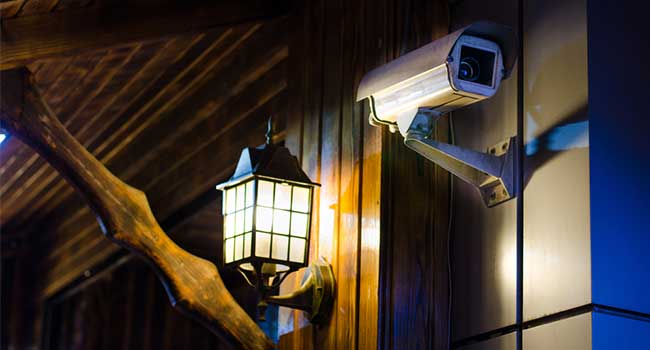
Home Security Camera Footage Leads to Arrest in Mollie Tibbets Case
Police were able to track down a suspect after receiving security camera footage from a home near the site where Mollie Tibbetts disappeared.
- By Sydny Shepard
- Aug 23, 2018
The country has been mystified by the recent disappearance of Mollie Tibbetts, a college student in Iowa. Police on the case investigated for over a month before getting a break in the case they needed to finally give the Tibbetts family some answers.
Investigators spoke with hundreds of people in the search for clues about Tibbett's disappearance, but it wasn't until a neighbor turned over his home security camera that police caught their big break.
Police watched hours of footage before spotting Tibbetts on camera. They could see her running through an area east of Brooklyn, Iowa, where she was last seen, and a car moving closely behind her, according to an affidavit.
Police were able to link the car to a 24-year-old man and "from that we were able to track his pattern in the routes in which he took," said Rick Rahn, a special agent in charge at the Iowa Division of Criminal Investigation.
Because of the home security footage, police were able to question the suspect, who then led investigators to the place where police eventually found Tibbetts' body. Rahn told news stations on Wednesday that the video was "central" to finding the suspect in Tibbetts' disappearance.
"He certainly wasn't known to the local police department," Rahn said. "So we, through our interviews and conducting a number of different canvas interviews throughout the community, we weren't aware of him until we were able to locate the video. So it's not like he was on anybody's radar throughout the investigation."
Police departments across the country have started to see the value in home security cameras, with many systems now allowing home owners to download and send footage directly to police to aid in open investigations.
About the Author
Sydny Shepard is the Executive Editor of Campus Security & Life Safety.